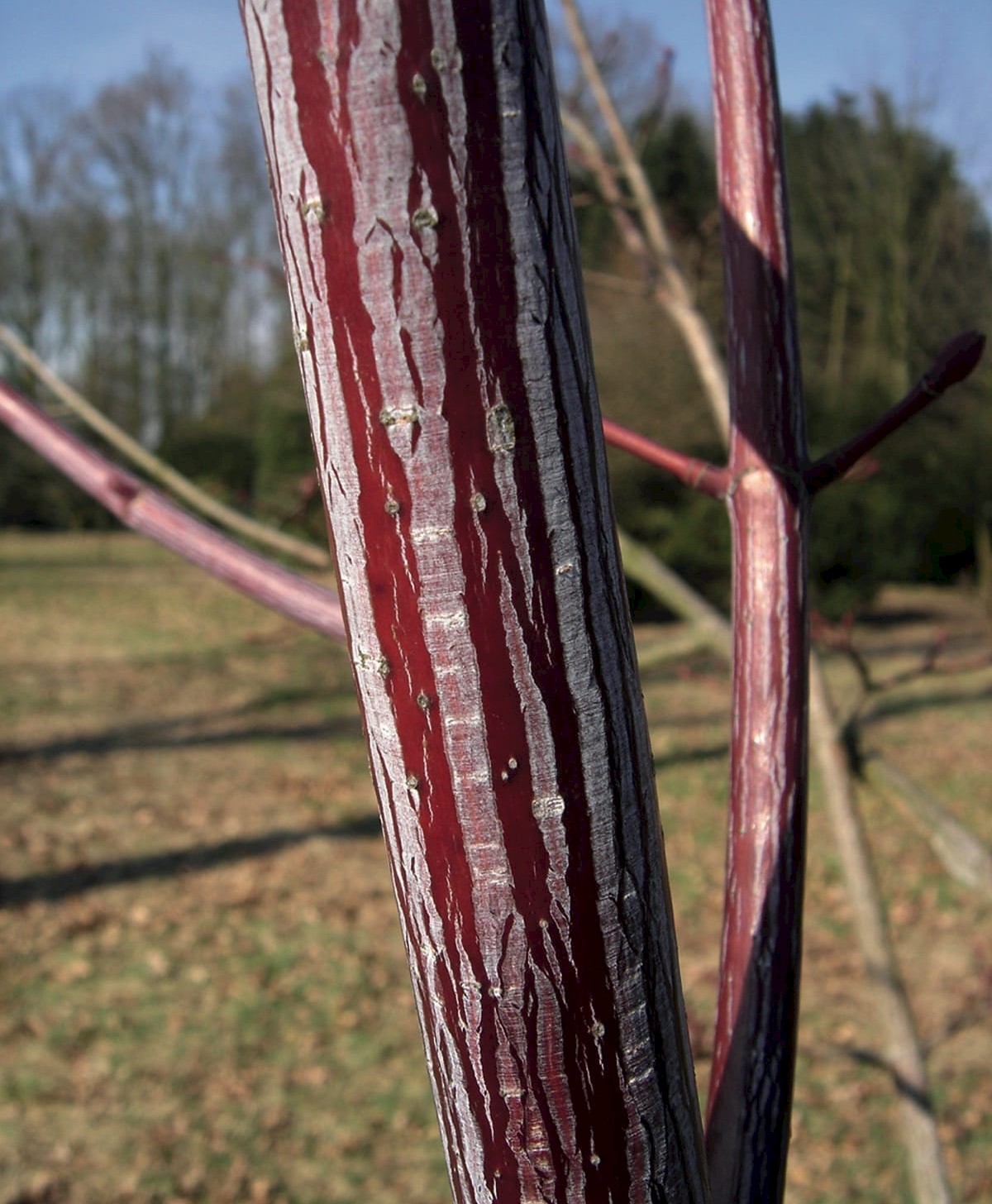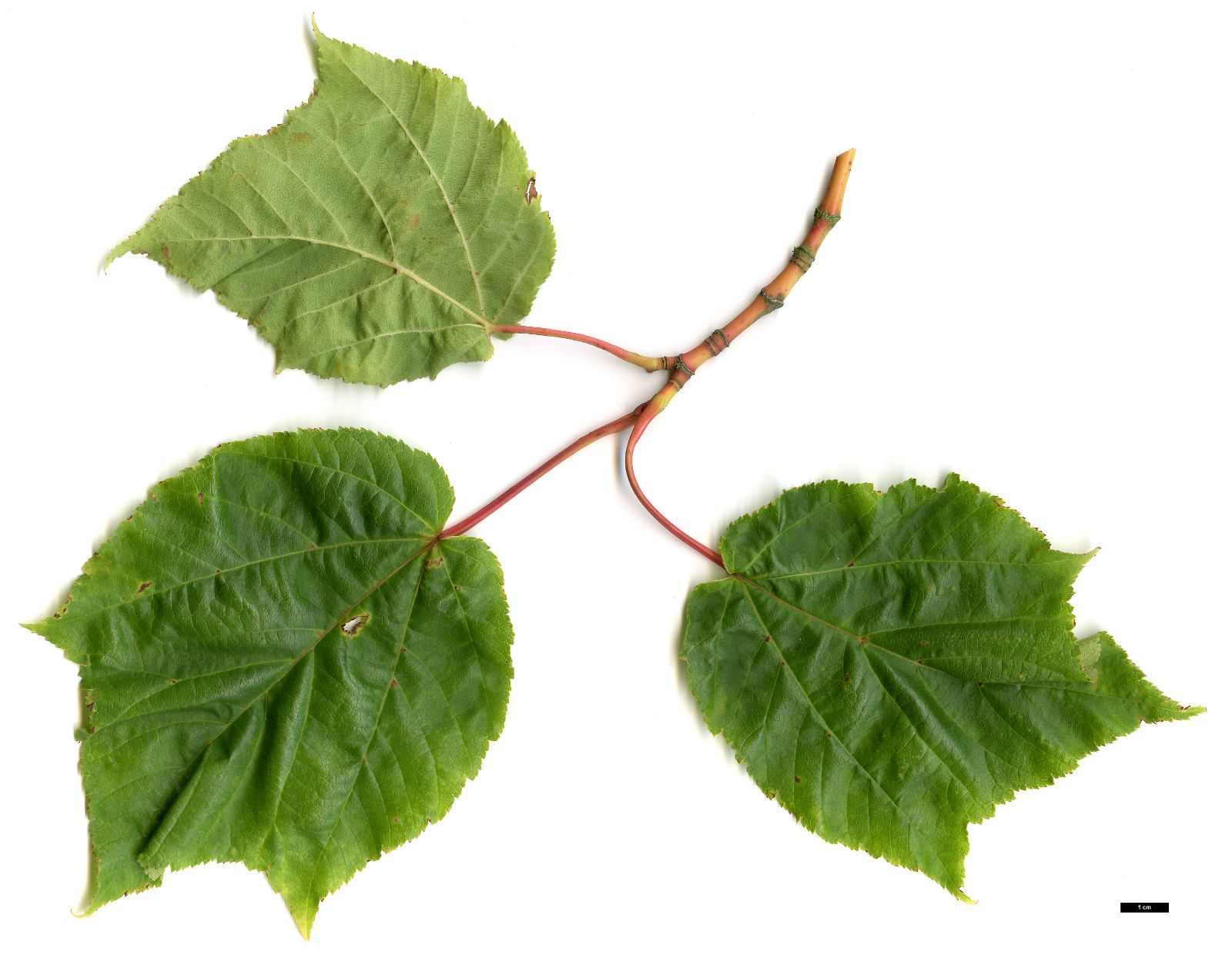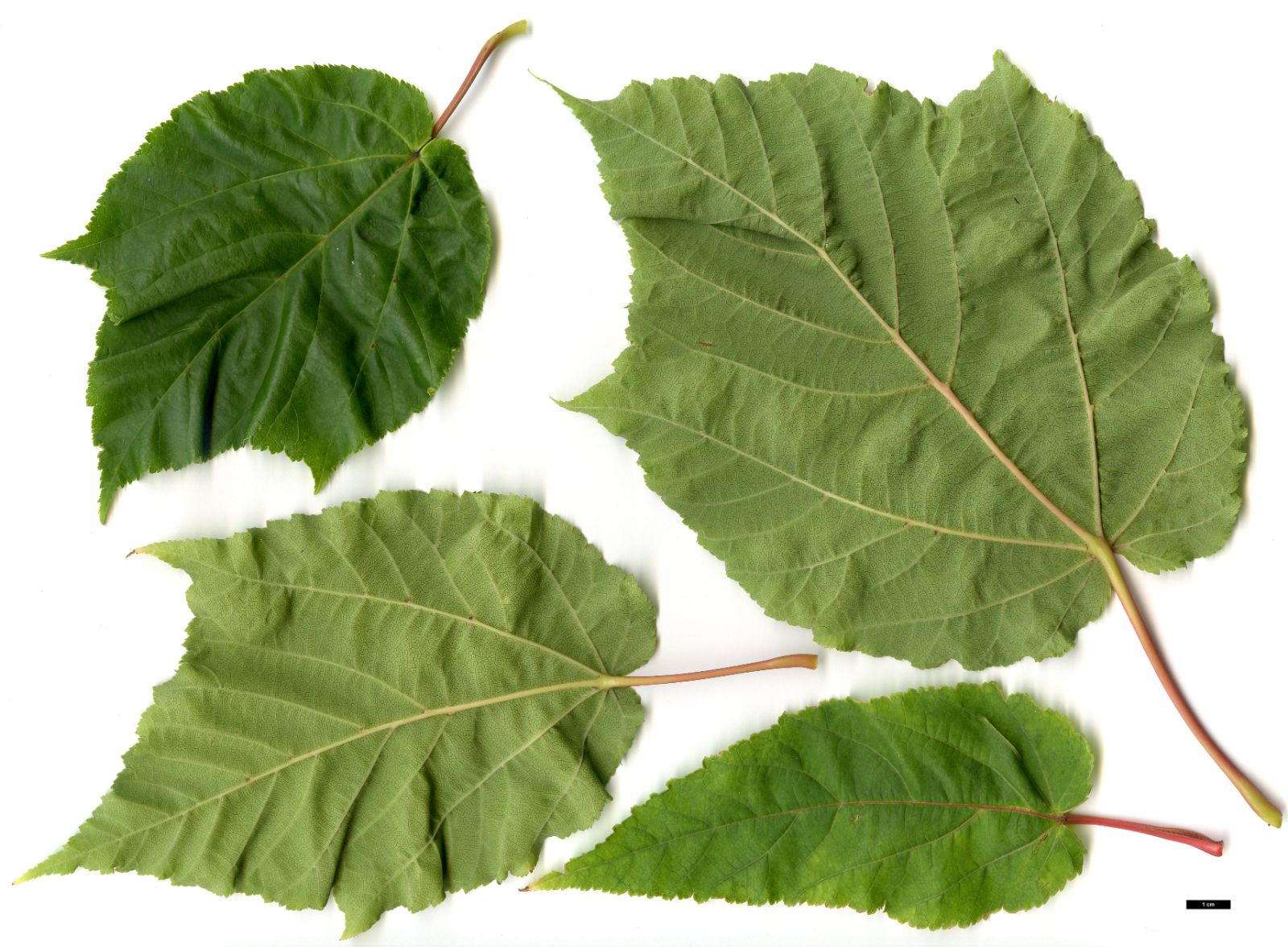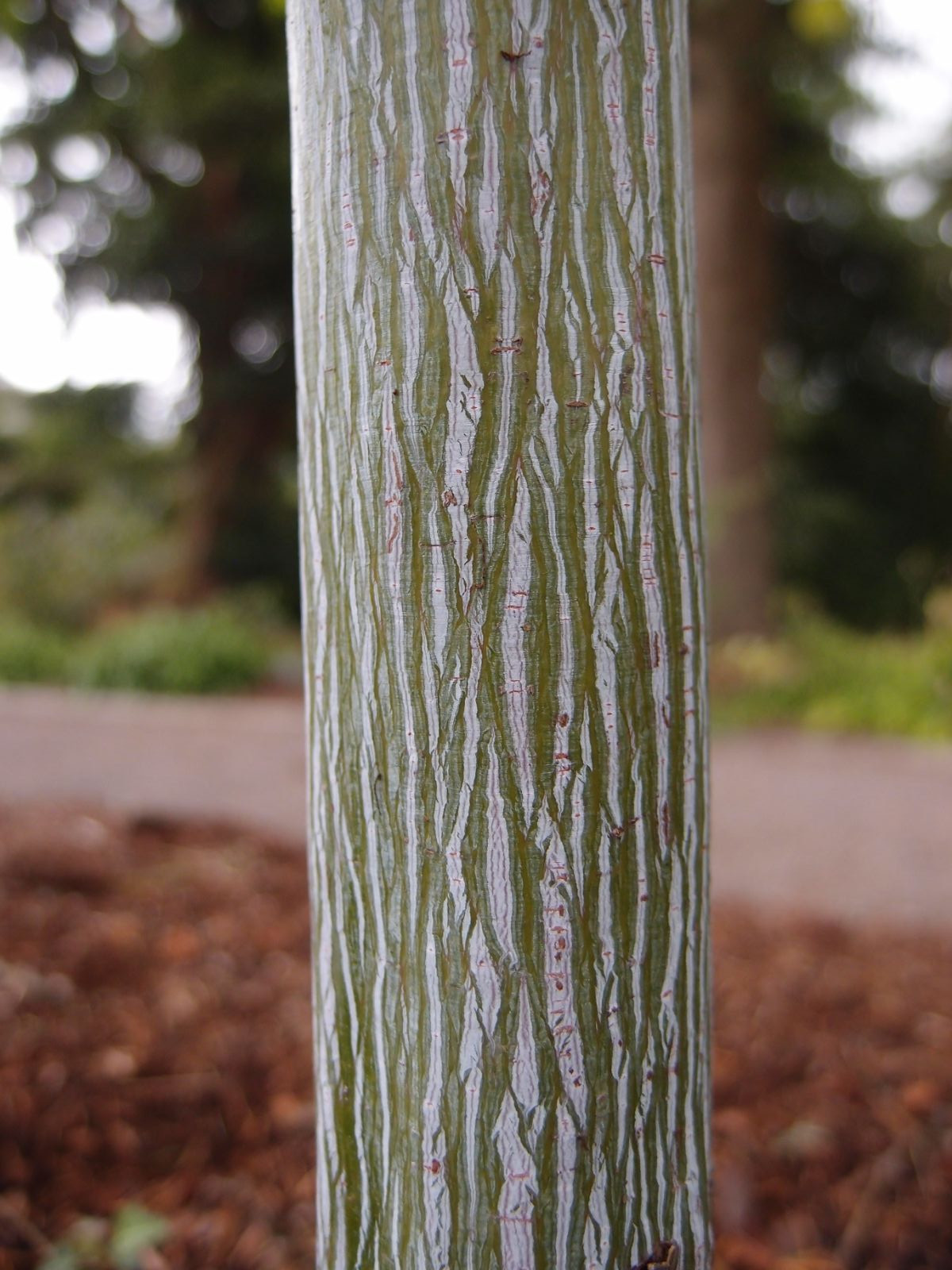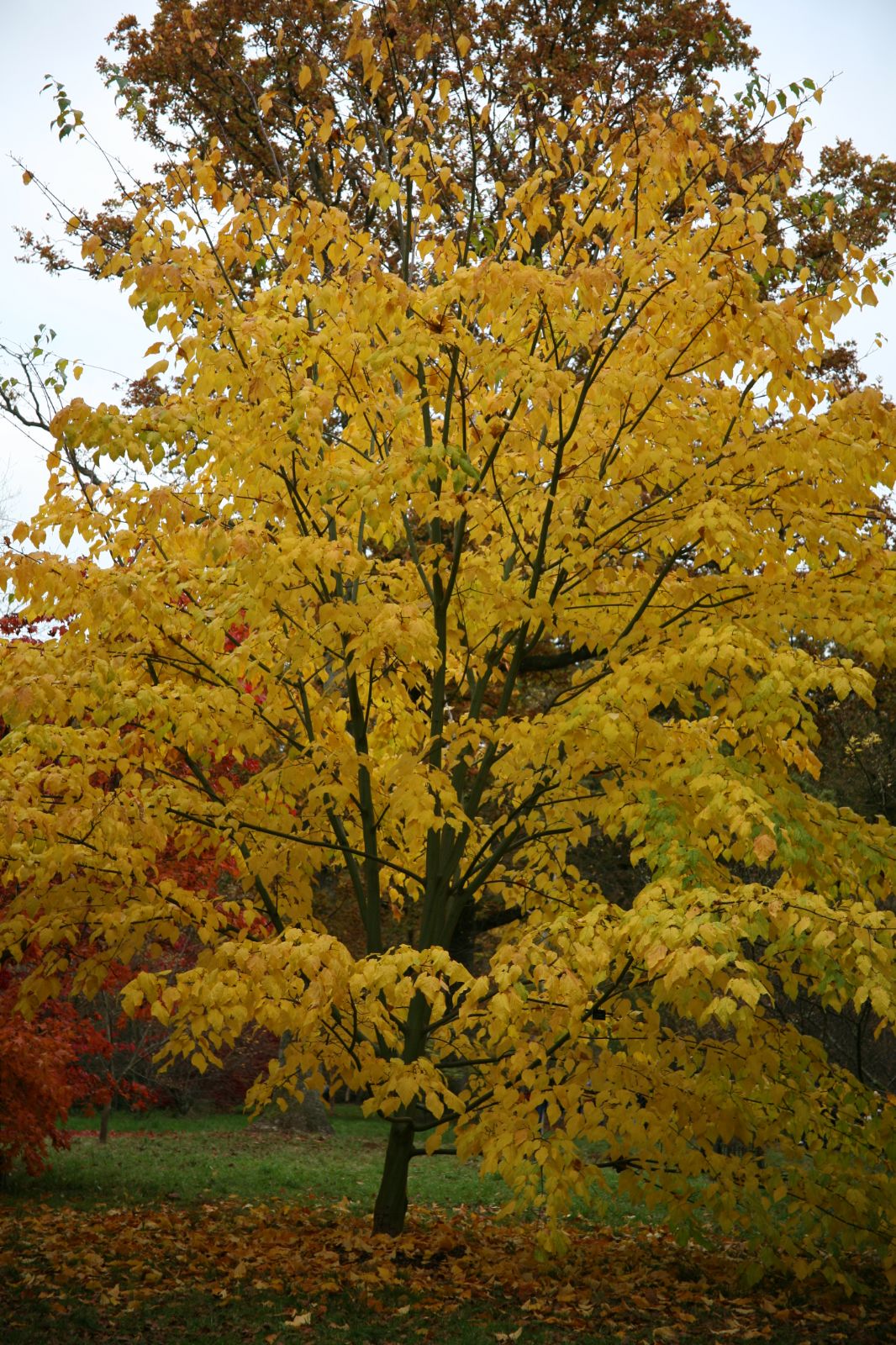Acer × conspicuum
Sponsor
Kindly sponsored by
Lawrence Banks
Credits
John Grimshaw, Ross Bayton & Dan Crowley (2020)
Recommended citation
Grimshaw, J., Bayton. R & Crowley, D. (2020), 'Acer × conspicuum' from the website Trees and Shrubs Online (treesandshrubsonline.
Genus
- Acer
- Sect. Macrantha
Infraspecifics
Other taxa in genus
- Acer acuminatum
- Acer amplum
- Acer argutum
- Acer barbinerve
- Acer buergerianum
- Acer caesium
- Acer calcaratum
- Acer campbellii
- Acer campestre
- Acer 'Candy Stripe'
- Acer capillipes
- Acer cappadocicum
- Acer carpinifolium
- Acer 'Cascade'
- Acer caudatum
- Acer ceriferum
- Acer chapaense
- Acer chienii
- Acer circinatum
- Acer cissifolium
- Acer cordatum
- Acer coriaceifolium
- Acer × coriaceum
- Acer crataegifolium
- Acer davidii
- Acer diabolicum
- Acer distylum
- Acer divergens
- Acer duplicatoserratum
- Acer elegantulum
- Acer erianthum
- Acer 'Esk Flamingo'
- Acer fargesii
- Acer fenzelianum
- Acer flabellatum
- Acer forrestii
- Acer franchetii
- Acer × freemanii
- Acer fulvescens
- Acer 'Gimborn'
- Acer ginnala
- Acer glabrum
- Acer 'Gold Coin'
- Acer granatense
- Acer grandidentatum
- Acer griseum
- Acer heldreichii
- Acer henryi
- Acer × hillieri
- Acer hookeri
- Acer hyrcanum
- Acer japonicum
- Acer kawakamii
- Acer komarovii
- Acer laevigatum
- Acer laurinum
- Acer laxiflorum
- Acer lobelii
- Acer longipes
- Acer macrophyllum
- Acer mandshuricum
- Acer maximowiczianum
- Acer maximowiczii
- Acer metcalfii
- Acer miaotaiense
- Acer micranthum
- Acer 'Mindavi'
- Acer 'Minorient'
- Acer miyabei
- Acer miyabei × campestre
- Acer monspessulanum
- Acer morifolium
- Acer 'Mozart'
- Acer oblongum
- Acer obtusifolium
- Acer okamotoanum
- Acer oliverianum
- Acer opalus
- Acer orientale
- Acer palmatum
- Acer papilio
- Acer pauciflorum
- Acer pectinatum
- Acer pensylvanicum
- Acer pentaphyllum
- Acer pentapotamicum
- Acer pictum
- Acer pilosum
- Acer pinnatinervium
- Acer platanoides
- Acer platanoides × amplum
- Acer platanoides × truncatum
- Acer × pseudoheldreichii
- Acer pseudoplatanus
- Acer pseudosieboldianum
- Acer pubinerve
- Acer pycnanthum
- Acer rubescens
- Acer rubrum
- Acer rufinerve
- Acer saccharinum
- Acer saccharum
- Acer sempervirens
- Acer 'Serpentine'
- Acer serrulatum
- Acer shenkanense
- Acer sieboldianum
- Acer sikkimense
- Acer 'Silver Cardinal'
- Acer 'Silver Ghost'
- Acer sinense
- Acer sinopurpurascens
- Acer spicatum
- Acer stachyophyllum
- Acer taronense
- Acer tataricum
- Acer tegmentosum
- Acer tenellum
- Acer tetramerum
- Acer tibetense
- Acer tonkinense
- Acer triflorum
- Acer truncatum
- Acer tschonoskii
- Acer turkestanicum
- Acer tutcheri
- Acer ukurunduense
- Acer velutinum
- Acer wardii
- Acer 'White Tigress'
- Acer wilsonii
- Acer × zoeschense
This taxon is the result of a cross between A. davidii and A. pensylvanicum, although the name seems to be being applied somewhat casually to other crosses as well. Tree to 10 m, sparsely branched. Bark blue-green or reddish with conspicuous white stripes. Leaves deciduous, 5–20 × 5–15 cm, palmately 3-or 5-lobed, the lobes long-acuminate, glabrous or sparsely pubescent below, margins serrate; petiole 2–10 cm long, reddish; autumn colour golden- or orange-yellow. Inflorescence terminal, pendulous racemes, 4–15 cm long. Flowers small. Samaras similar to those of A. davidii, usually short. (van Gelderen et al. 1994; van Gelderen & van Gelderen 1999). Distributed in cultivation only.
Distribution
USDA Hardiness Zone 5-7
RHS Hardiness Rating H5
This artificial hybrid is of great importance to horticulture and selections of it and related hybrids are extremely popular garden trees, although it should be noted that many can reach at least 10 m in height, with a rounded crown, so they are not subjects for restricted spaces. Acer × conspicuum has occurred on several occasions where the parents grow together, and can be expected to reappear in seedlings of cultivated origin. Several selections ostensibly grown as A. × conspicuum are not attributable to this hybrid and are treated here as unattributed cultivars, namely ‘Candy Stripe’, ‘Siver Cardinal’ and ‘Red Flamingo’. The true parentage of many requires further study. Those convincingly selected from A. × conspicuum are treated below.
'Elephants Ear'
RHS Hardiness Rating: H5
Grown from open pollinated seed, which was collected from an Acer davidii at Plantentuin Esveld, and raised and introduced by R. Bulk Nurseries in 1990 (van Gelderen & van Gelderen 1999). It has striking purplish bark and very large, unlobed or shallowly lobed dark green leaves to 30 cm long (Edwards & Marshall 2019), with unspectacular autumn colour.
'Phoenix'
RHS Hardiness Rating: H5
An offspring of ‘Silver Vein’, ‘Phoenix’ has striking coral-pink winter stems that are highly effective in the winter landscape. It is considered one of the best for this character by van Gelderen & van Gelderen (1999). Raised by Plantentuin Esveld and introduced by this nursery in 1986 (van Gelderen & van Gelderen 1999).
'Silver Vein'
RHS Hardiness Rating: H5
The first selection made from the hybrid, the result of a deliberate cross made by Peter Douwsma at the Hillier’s Chandlers Ford nursery in 1961 and introduced by the Hillier Nurseries in 1975. A cross between Acer davidii ‘George Forrest’ and A. pensylvanicum ‘Erythrocladum’, it makes a small tree with blue-green and strongly striated stems, the leaves are large, three-lobed in the upper half, rich green in colour with long red petioles, turning yellow in autumn (Edwards & Marshall 2019). It is acclaimed as one of the best snakebark maples, retaining the excellent bark coloration for many years (van Gelderen & van Gelderen 1999).


